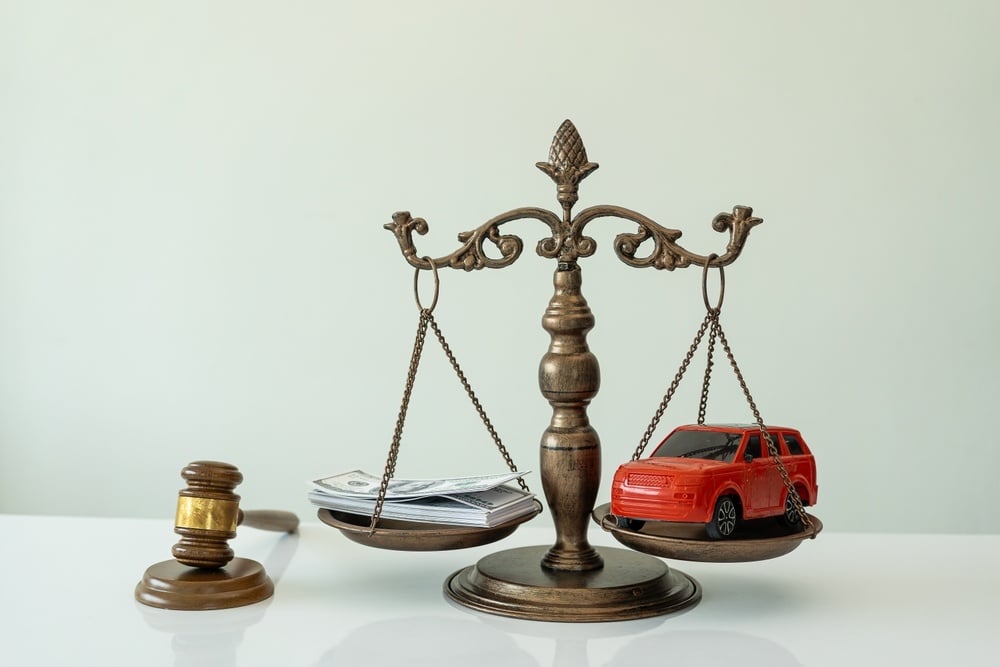How Will Filing Bankruptcy Affect My Credit Score in Saint Paul, Minnesota?
Filing either a chapter 7 or chapter 13 bankruptcy case is a great option for many Minnesotans who are struggling to pay their debts.
Although filing for bankruptcy often provides tremendous relief, the drawback is that it can temporarily negatively impact a person’s credit score and make it difficult to get financing for loans, such as a home mortgage, for a short time. However, the benefits of filing bankruptcy most always greatly outweigh any drawbacks.
The fact that a person files for bankruptcy remains on their credit report for a period of time. A chapter 7 bankruptcy filing remains listed on a person’s credit report for 10 years, while a chapter 13 bankruptcy filing continues to show up on a person’s credit report for 7 years from the date their chapter 13 case is filed. The good thing is that, within a month, or two, of receiving a discharge, all of the person’s debts, with certain exceptions, are permanently removed from the credit report.
As for credit scores, filing for bankruptcy tends to temporarily cause a significant reduction in credit scores for individuals who have mediocre or high credit scores. There are a number of factors involved in determining one’s credit score, but typically, credit scores drop 100 to 200 points after a person files for bankruptcy for people who have medium-to-high credit scores prior to filing their bankruptcy case. Interestingly enough, individuals with lower credit scores before their bankruptcy case is filed frequently see an increase in their overall credit score after they file.
There is never any guarantee that any creditor will approve a person for financing soon after they file for bankruptcy. However, it usually never difficult, at all, for recent bankruptcy filers to get small loans and obtain credit cards, though often with a high interest rate. Car loans can take a little longer depending on the lender, but it is not uncommon for a person to be able to finance a vehicle within a year of filing for bankruptcy (as long as it’s not a loan on a new Ferrari). Home mortgage loans typically take the longest amount of time to obtain after a bankruptcy is filed. A person who files for bankruptcy can typically acquire a standard, low interest, home mortgage loan three to four years after their case is filed, although individuals who qualify for a VA Home loan can typically get such a loan within 2 years after their case is filed.
Despite the temporary negative impact on one’s credit score, and short-term delay on one’s ability to secure larger loans, filing for bankruptcy for individuals with large amounts of unmanageable debts is often their best option. Having a large amount of debt often makes it difficult, if not impossible, to get approved for a car or home loan. For many people with large amounts of debt, filing for bankruptcy is the only way they are able to eliminate this debt and to get approved for financing. It takes some effort, but credit can certainly be rebuilt after filing for bankruptcy. Filing for bankruptcy may have some negative consequences in the short run, but in the long run, it almost always vastly improves people’s changes of getting approved for large loans down the road.
CALL NOW FOR A FREE STRATEGY SESSION FROM A MN BANKRUPTCY LAWYER AT LIFEBACK LAW FIRM
It’s always a good idea to talk to an experienced bankruptcy attorney before making the decision to file for bankruptcy. LifeBack Law Firm PA has a new office located at 370 Selby Ave Suite 224, Saint Paul MN 55102. Come visit us there, or online, at lifebacklaw.com!






